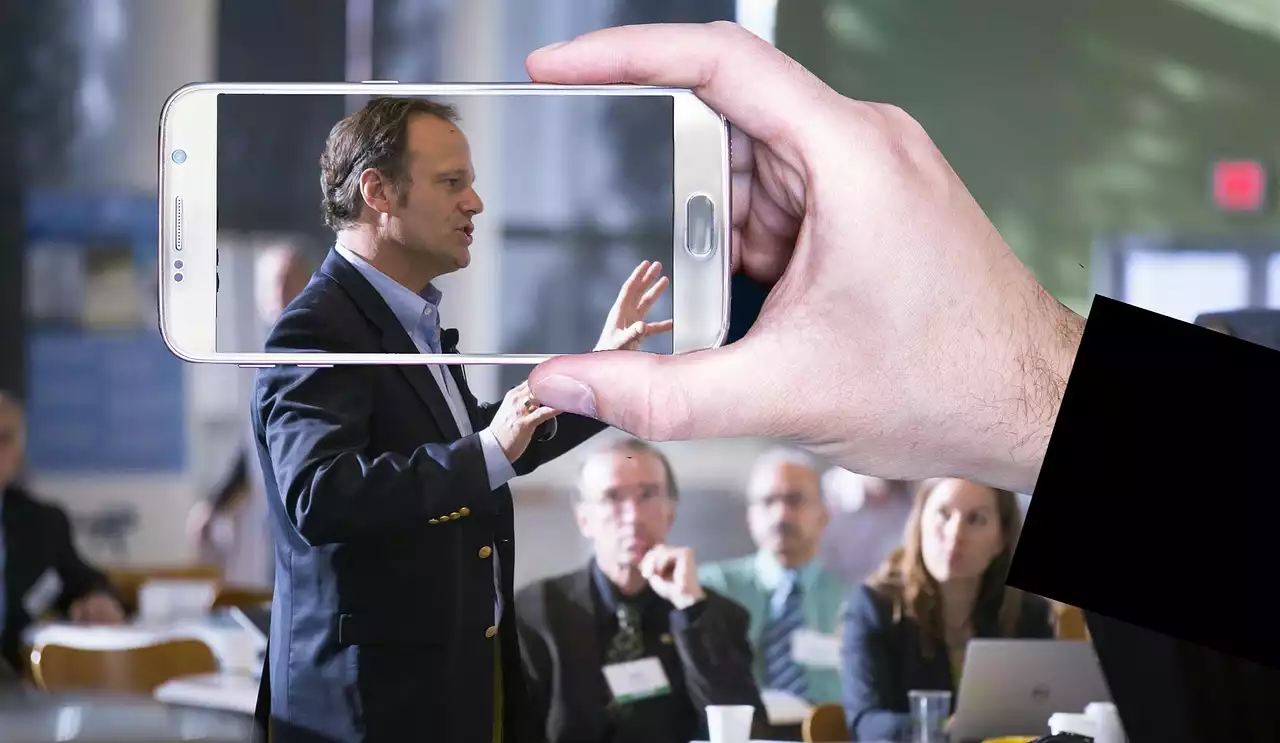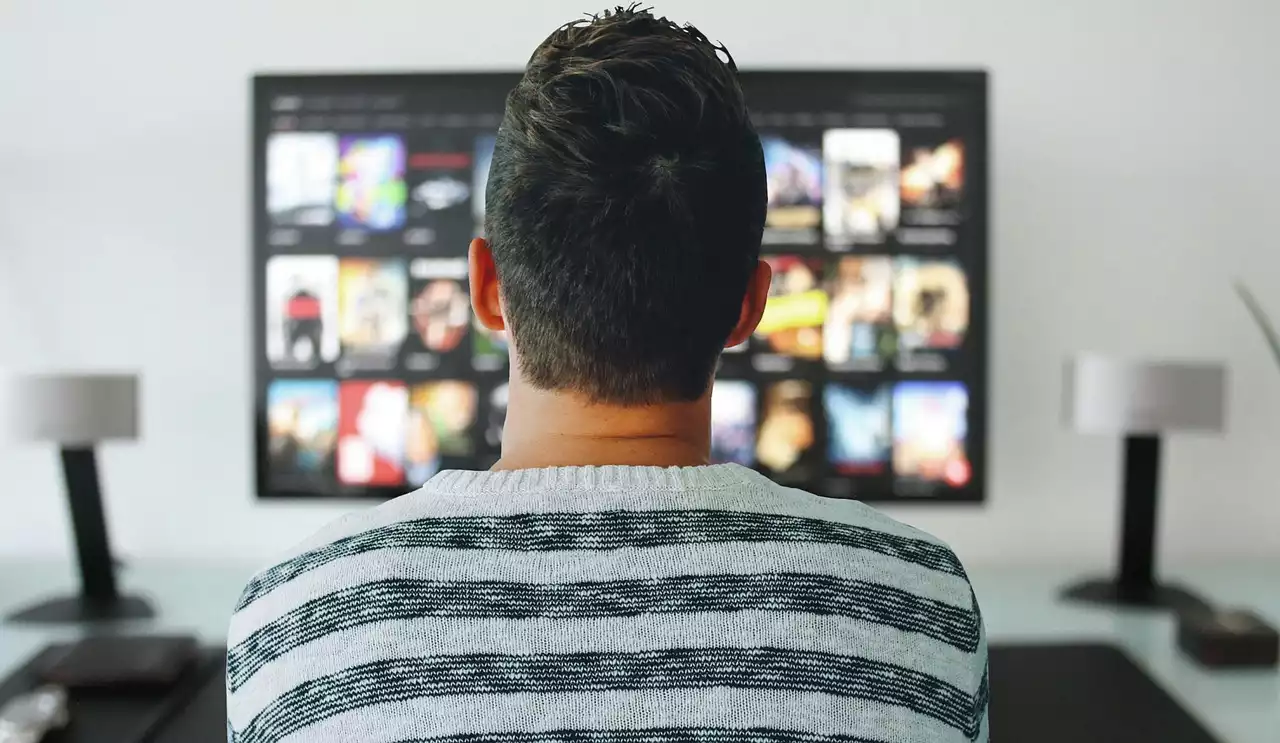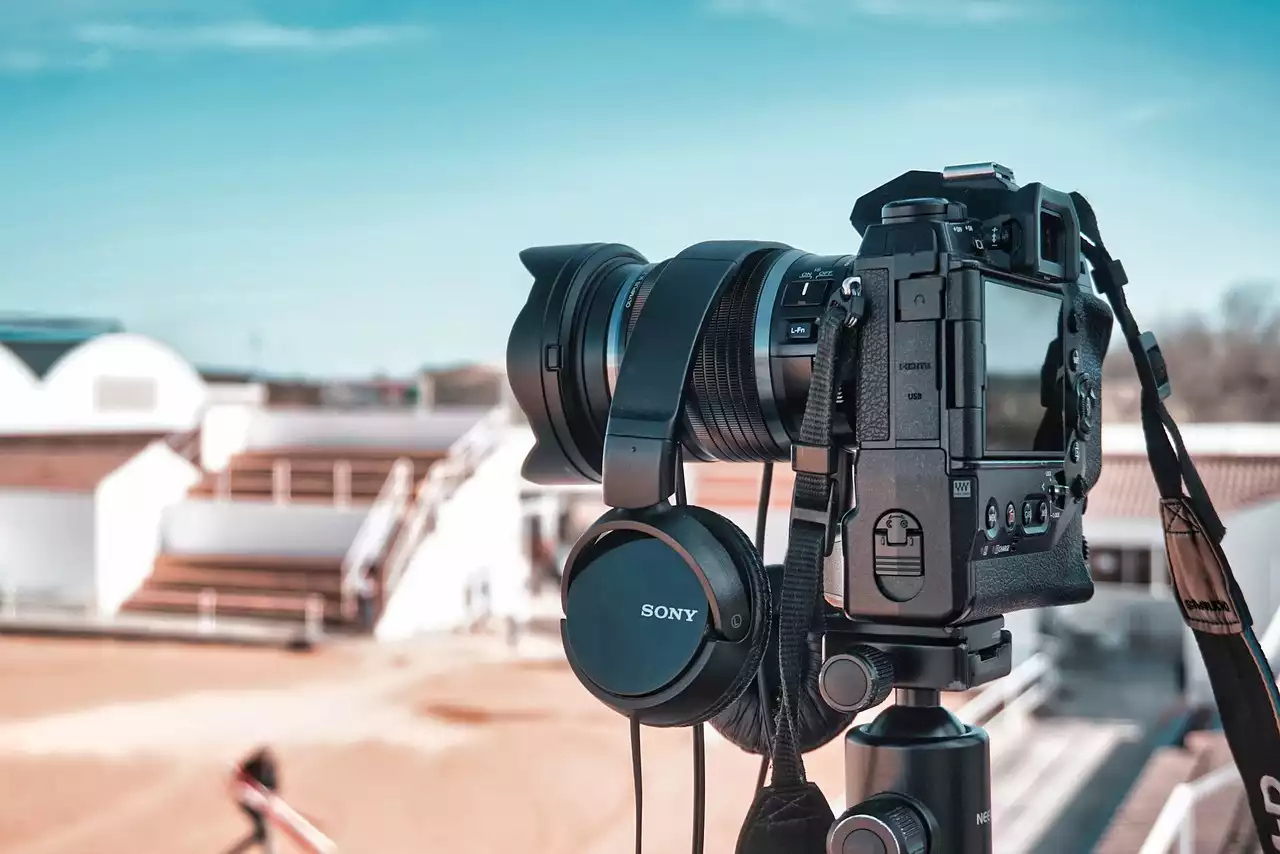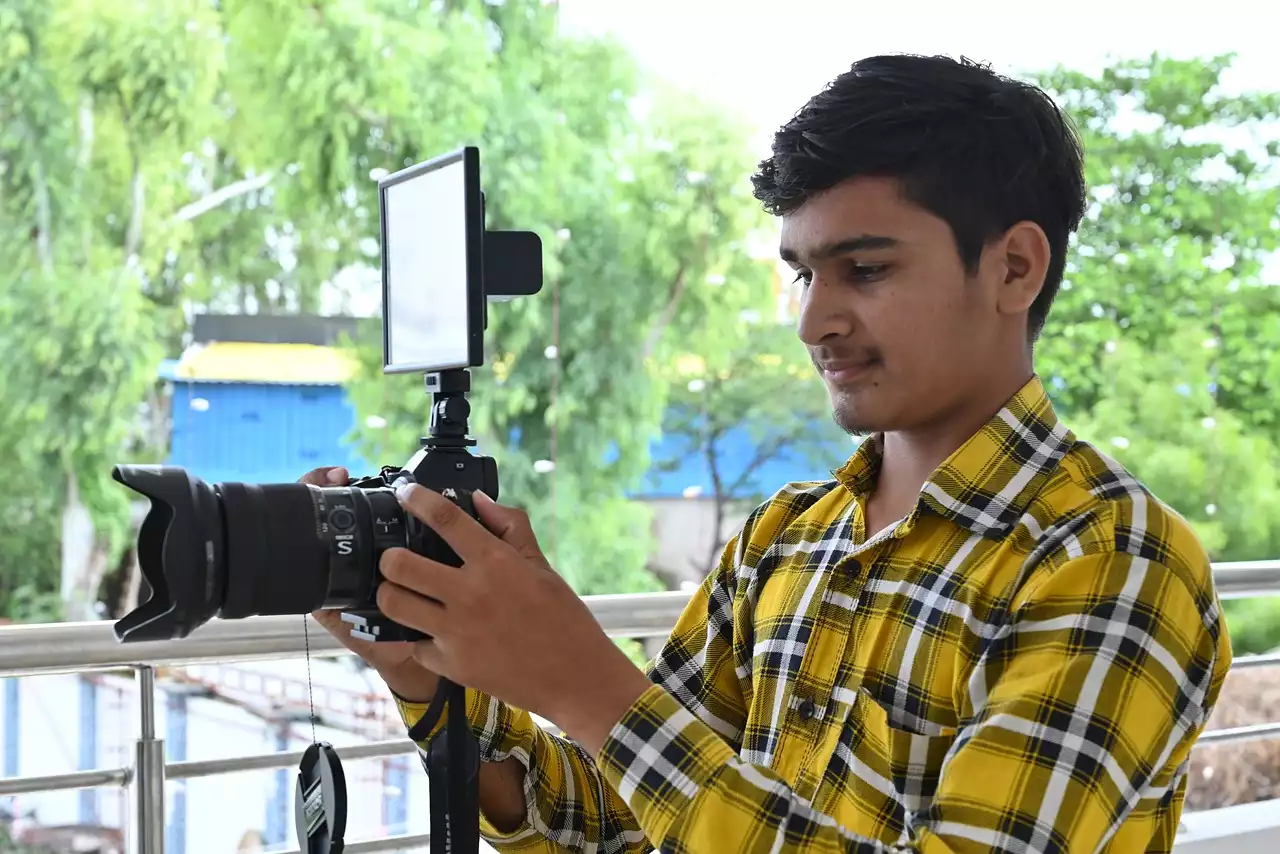Understanding the Limitations of Smartphone Cameras
While smartphone cameras have come a long way in recent years, they still have their limitations. Understanding these limitations is key to shooting professional videos with your smartphone. One of the biggest limitations is the lack of manual controls. Unlike professional cameras, smartphone cameras do not have the ability to adjust settings like shutter speed, aperture, and ISO. This means that you'll need to rely on the camera's automatic settings to get the shot you want.
Another limitation is the size of the sensor. Smartphone cameras have small sensors, which means that they struggle in low light situations. You'll need to be mindful of the lighting conditions when shooting with your smartphone. Additionally, smartphone cameras are not equipped with optical zoom lenses, so you'll need to rely on digital zoom if you want to get closer to your subject. However, digital zoom can result in a loss of image quality, so it's best to avoid using it whenever possible.
Despite these limitations, smartphone cameras are still capable of producing high-quality video. By understanding the limitations and working within them, you can create professional-looking videos that rival those shot with professional cameras.
Preparing for Your Video Shoot
Before you start shooting your video, it's important to prepare properly. This includes choosing the right location, ensuring that your smartphone is fully charged, and clearing up any clutter or distractions in the area. You should also take the time to plan out your shots and create a shot list. This will help you stay organized and ensure that you capture all the footage you need.
In addition to preparing your location and shot list, you should also consider using a tripod or other stabilizing device to keep your smartphone steady. This is particularly important if you'll be shooting for an extended period of time or if you're shooting in a location with a lot of movement or vibration. A stable shot is essential for producing professional-looking video.
Finally, it's important to ensure that your smartphone is set up correctly for shooting video. This includes adjusting the camera settings, such as the resolution and frame rate, and ensuring that the microphone is positioned correctly for capturing audio.
Tips for Framing and Composition
Framing and composition are essential elements of professional video production. When shooting with your smartphone, it's important to pay attention to these elements to ensure that your video looks polished and professional.
One of the most important things to consider when framing your shots is the rule of thirds. This rule states that you should divide your frame into thirds both horizontally and vertically, and then position your subject at one of the intersections. This creates a more visually interesting and balanced shot.
Another important element of framing is the use of negative space. Negative space is the area surrounding your subject, and it can be used to create a more dynamic and visually interesting shot. By leaving some empty space in your shot, you can draw attention to your subject and create a more impactful video.
Finally, it's important to consider the aspect ratio of your video. The aspect ratio is the ratio of the width of the video to its height, and it can have a big impact on the overall look and feel of your video. Consider the platform on which your video will be viewed and adjust the aspect ratio accordingly.
Lighting Your Video Shoot
Good lighting is essential for creating professional-looking video. When shooting with your smartphone, it's important to be mindful of the lighting conditions in your location. If possible, shoot in a location with plenty of natural light. If natural light is not available, consider using artificial lighting sources, such as lamps or light boxes.
When lighting your video shoot, it's important to consider the direction of the light. Front lighting, where the light source is behind the camera, is the most common type of lighting and can create a well-lit shot. However, side lighting and backlighting can create more dramatic and visually interesting shots.
Another important element of lighting is the color temperature. The color temperature refers to the warmth or coolness of the light, and it can have a big impact on the overall look and feel of your video. Consider the mood you want to convey in your video and adjust the color temperature accordingly.
Capturing Quality Audio
Good audio is just as important as good video when it comes to creating professional-looking content. When shooting with your smartphone, it's important to pay attention to the audio quality to ensure that your video sounds as good as it looks.
One of the most important things to consider when capturing audio is the microphone position. The microphone on your smartphone is typically located at the bottom of the device, which means that it can be easily covered by your hand or other objects. When shooting video, it's important to ensure that the microphone is not obstructed and is positioned as close to the subject as possible.
Another important element of capturing quality audio is the use of an external microphone. While the built-in microphone on your smartphone is capable of capturing decent audio, an external microphone can greatly improve the quality of your audio. There are many affordable external microphones available that are compatible with smartphones.
Using Stabilization Techniques
Stabilization is essential for producing professional-looking video. When shooting with your smartphone, it's important to use stabilization techniques to keep your shots steady and smooth.
One of the simplest stabilization techniques is to hold your smartphone with both hands and keep your elbows close to your body. This creates a stable base for your smartphone and can help reduce camera shake.
Another important stabilization technique is the use of a tripod or other stabilizing device. A tripod can help keep your smartphone steady and reduce camera shake, particularly when shooting for an extended period of time or in a location with a lot of movement or vibration.
Finally, many smartphones now come equipped with built-in stabilization features, such as optical image stabilization (OIS) and electronic image stabilization (EIS). These features can help reduce camera shake and produce smoother video.
Editing Your Video on Your Smartphone
Once you've shot your video, it's time to edit it. Fortunately, there are many apps available that make editing video on your smartphone quick and easy.
One of the most popular video editing apps is iMovie, which is available for iOS devices. iMovie allows you to edit and arrange your video clips, add music and sound effects, and apply filters and effects to your video.
For Android users, there are many video editing apps available, including Adobe Premiere Rush, Kinemaster, and PowerDirector. These apps offer similar features to iMovie and allow you to edit your video quickly and easily.
When editing your video, it's important to consider the pacing and flow of your video. Cut out any unnecessary footage and ensure that your video flows smoothly from beginning to end.
Additional Equipment for Smartphone Videography
While shooting professional video with your smartphone is possible with just your smartphone, there are many additional accessories that can help take your video to the next level.
One of the most useful accessories is a tripod. A tripod can help keep your smartphone steady and reduce camera shake, particularly when shooting for an extended period of time or in a location with a lot of movement or vibration.
Another useful accessory is an external microphone. As mentioned earlier, an external microphone can greatly improve the quality of your audio and ensure that your video sounds as good as it looks.
Finally, there are many smartphone camera lenses available that can help you achieve different effects, such as wide-angle or macro shots. These lenses simply clip onto your smartphone camera and can help you achieve more professional-looking shots.
Sharing Your Professional Video
Once you've shot and edited your video, it's time to share it with the world. There are many platforms available for sharing your video, including social media platforms like Facebook, Instagram, and YouTube.
When sharing your video, it's important to consider the platform on which you'll be sharing it. Different platforms have different requirements for video length and aspect ratio, so be sure to adjust your video accordingly.
Finally, it's important to promote your video to ensure that it gets seen by as many people as possible. Share your video on your social media channels, email it to your contacts, and consider running ads to promote your video to a wider audience.










